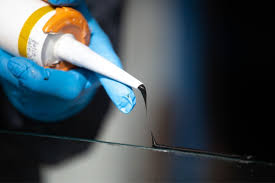When to use a metal adhesive? There are several factors to consider, but the following tips can help you get the best results. Clean both the metal surfaces before applying the adhesive. You can use mineral spirits to clean the metal surfaces. If you do not want to use mineral spirits, consider using high-strength metal cleaner instead. After cleaning the metal surfaces, apply the adhesive evenly on both surfaces. Hold the assembled pieces together for about 60 minutes, ideally using a clamp and then remove any excess by wiping off the adhesive with acetone.

Always read the instructions for use on the product, and rinse your hands thoroughly afterward. If you happen to get any adhesive in your eyes, seek medical attention immediately. If you use a metal adhesive for a project, keep the packaging with you to prevent accidental exposure. The best metal adhesive will depend on several factors, including the type of metal you want to bond, the application, the mechanical and environmental forces, and any chemical agents. For details on the best Metal bonding adhesive to use, visit CT1, suppliers of Metal bonding adhesive products.

Mild steel, also known as carbon steel, is used in machine building and automotive applications. In addition to being flexible, metal adhesives need proper surface preparation. For example, mild steel is commonly powder coated before applying an adhesive. Once applied, a metal adhesive will bond with the coating layer and the steel itself. The most common applications of metal adhesives on mild steel include threadlockers, gaskets, and thread sealants. Anaerobic steel adhesive systems are used in the production of retaining compounds and sealants.



